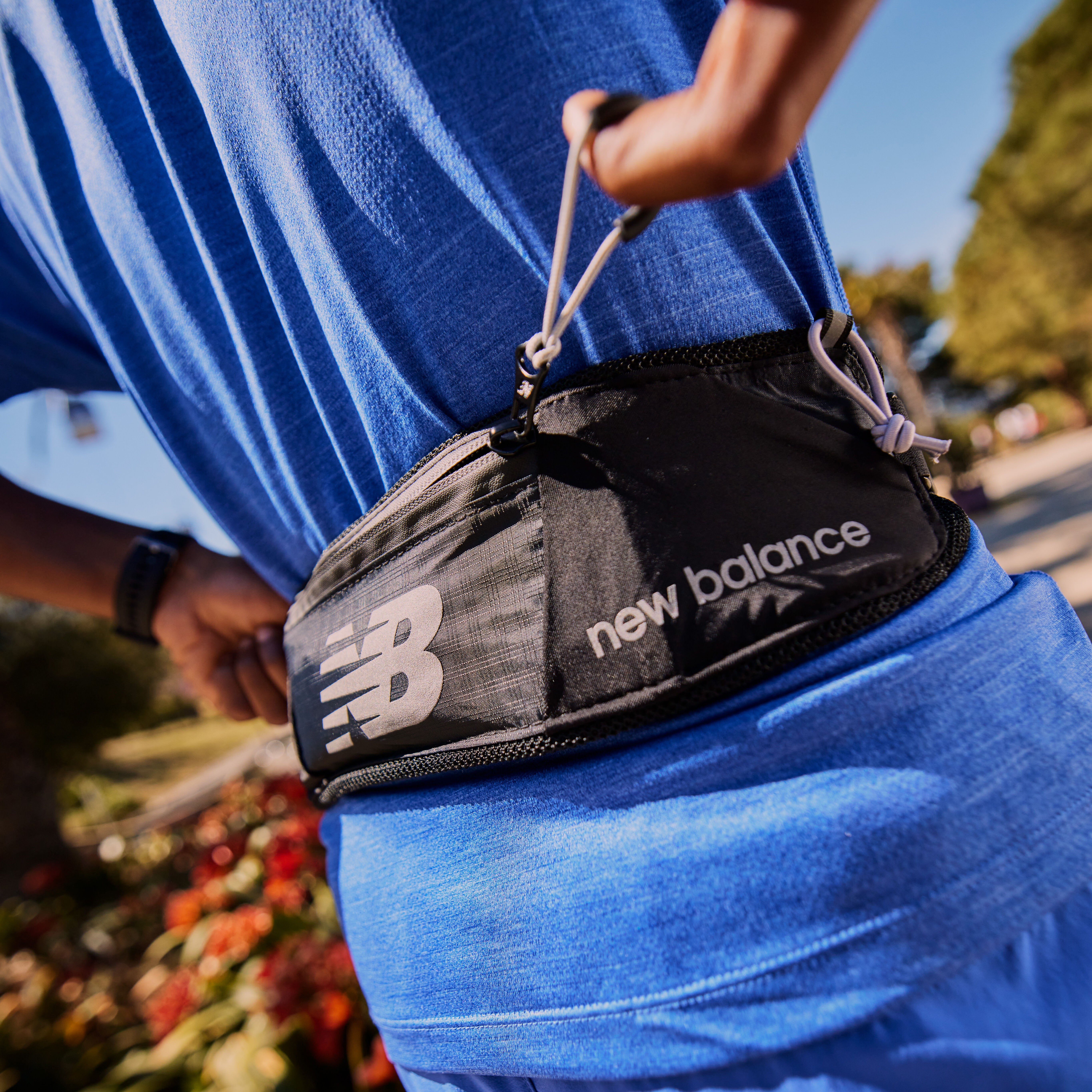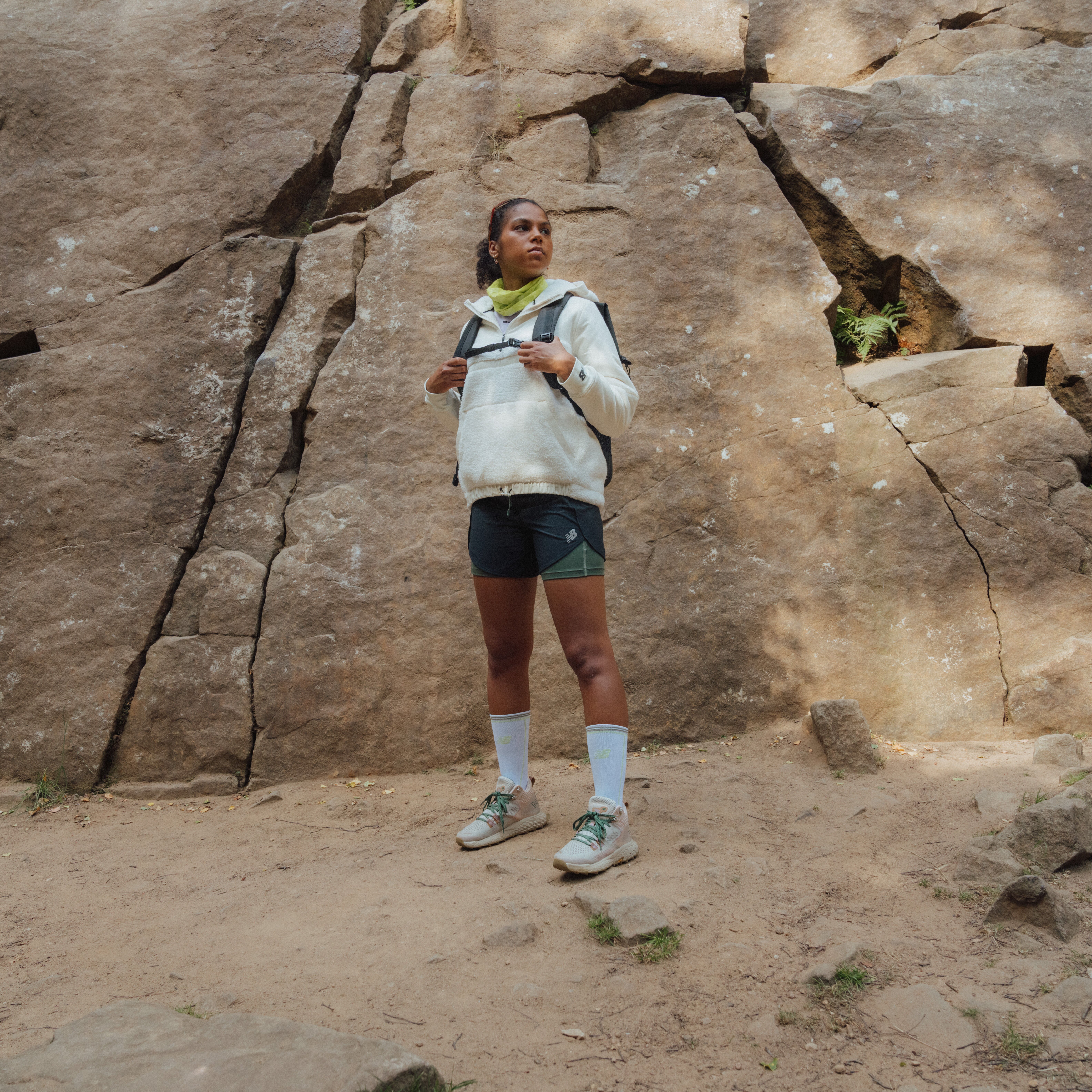
Is running with a backpack a good idea?
Running with a rucksack allows you to carry all of your necessities, whether it be extra fluids, fuel or essential running accessories like a hat or additional layers, so it is a good idea when you know how to do it safely. There are several factors that you need to consider before attempting to run with a backpack, like picking the right backpack, ensuring it fits you properly, not overloading it and refining your running technique to work with you while you run, and not against you. Here's what you can do to start running with a backpack successfully:
• Choose the right running rucksack. You need a specialist running bag so your stylish one that you wear around town definitely won’t do in this situation.
It needs to be as small as possible but big enough to carry all your necessary gear.
• Find a bag that fits comfortably. It should be snug against your body so that it doesn’t shift or bounce on your back when you move. You’ll want to make sure your bag comes with adjustable chest and waist straps and padded shoulder straps to fit your size and keep everything in place.
• Spread the weight. Ensure the weight of your gear is distributed as evenly as possible across your backpack to help with your balance and prevent injury.
• Start off light. If you don’t need to carry a lot, opt for a hydration pack to carry your water or a weighted vest for extra resistance.
Is running with a weighted backpack bad for you?
When you run with a heavy backpack, your body changes your natural running mechanics which can result in an injury if you’re not careful. Overloading your pack is something you want to look out for as it is usually a recipe for potential pain and injury and can set you back from getting out and trail running on your favourite outdoor terrain.
For shorter runs, you’re not really at risk of overdoing it but if you’re attempting a longer run or you’re working your way up to fastpacking (where
you carry all the gear, you’ll need to stay out for at least one night) you’ll want to ensure that you try to keep your pack as light as possible.
Running with a weighted backpack is a technique that you can implement to spice up your usual run or to make it a little more challenging. If you don’t need to carry gear, you can opt for a weighted vest or a running weighted backpack to add some resistance. It is a super effective form of cardio that helps you to get fitter and stronger – so no, running with a weighted backpack isn’t bad for you if you build up to it slowly and take the proper precautions.



Best running backpacks
The type of backpack that works for you will significantly depend on what types of trails you like to hit and how long you think you’ll be out on the road for. The best running bags need to provide you enough capacity for a full day on the trail while still being lightweight to give you enough to freedom to run.
You’ll want to make sure you invest in a bag that has enough padding on the shoulders and the back but that is still lightweight enough to lug on long-distance runs. It should come with additional features like waist belts and chest straps to reduce bounce as well as varied storage solutions to store snacks, gels and fluids.
Running with a backpack benefits
Research carried out in 2013 and published by the Journal of Science and Medicine and Sport suggested that running with a weighted vest could actually go some way to improving running performance. So, it’s just possible
that running with a weighted backpack could also provide benefits that go beyond just hauling your running necessities from A to B.
Is running bad for your back?
Running is a great aerobic exercise that helps keep you fit and healthy that doesn’t have you stuck in a gym. However, it can put repetitive stress on your entire body, but you’re most likely to feel this in your back and joints. This can result in muscle strains – where ligaments, tendons and muscles in your back stretch too much which causes spasms, pain and stiffness. Ensuring that you
warm up and cool down properly at the beginning and end of each run and ensure you have good running form can help prevent sprains and other lower back injuries.
Now you know the benefits of running with a backpack and what to look out for, you can take your running experience to the next level.



